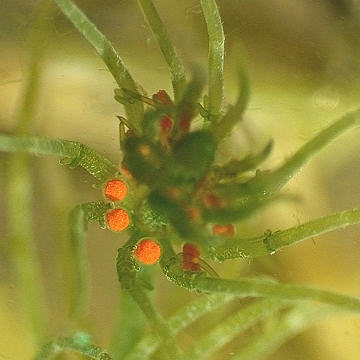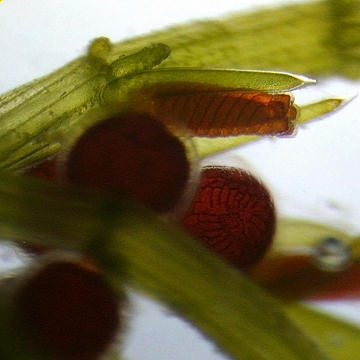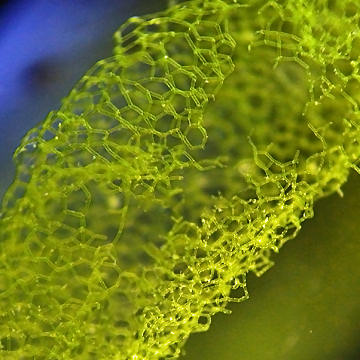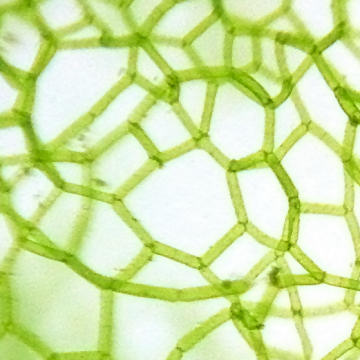I’ve been watching March Madness on demand (ncaa basketball) and just about every other commercial has been for ExxonMobil’s foray into algal oil research. Having studied algae a bit this subject has peeked my interest. Exxon has partnered with Synthetic Genomics, Inc to study the potential of algae as a source of bio-fuels and is expected to devote in excess of $600 million to this research.
This is not an entirely new concept but it appears to be one of the largest investments in algal oil research to date. A great deal is known about culturing algae for other uses. Algal cultures are used extensively in aquaculture of clams and oysters. About 40% of the costs of producing juvenile bivalve seed in a hatchery is from the production of algae cultures.
Many algae reproduce rapidly when sufficient light, CO2, and nutrients are supplied. Anyone who has kept an aquarium or pond is probably familiar with algae blooms. Commercial ventures must maintain pure stock cultures since eventual contamination with other organisms eventually causes algal populations to crash, and this adds to the cost of culturing algae on a large scale.
It happens that many of the species that my students examine in the classroom have been investigated as possible algal oil sources. These include the filamentous green algae Oedogonium and Spirogyra. These are probably more familiar to people as components of “pond scum”, which makes the potential use of these organisms for bio-fuels all the more interesting.
Algae in the genus Spirogyra are known for their unbranched, filamentous thalli containing long, spirally arranged chloroplasts within each cell.

Sexual reproduction in Spirogyra occurs via conjugation, where two adjacent filaments form connections (conjugation tubes). The contents of the joined cells serve as isogametes (Raven et al., 2007). In the images below the isogametes from one filament can be seen moving into the cells of another filament. Where they meet they form a zygote.
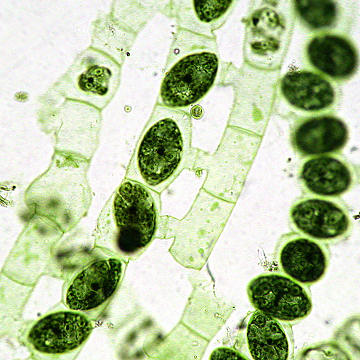
Literature Cited
Raven, P.H., Evert, R.F., and S.E. Eichhorn. 2007. Biology of Plants, 7th ed. Worth Publishers, Inc., NY.
